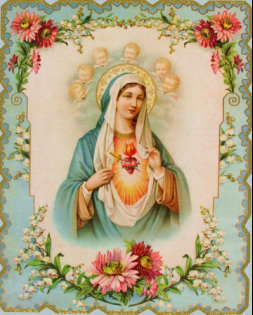
+
O Mary, my Mother, most lovely and mild,
Look down upon me, a weak, lonely child.
From the land of my exile, I call upon thee;
Oh, Mary in pity look kindly on me.
If thou shouldst forsake me, oh where should I go,
My comfort, my hope in this valley of woe?
When the world and its dangers and terrors I view,
Sweet hope comes to cheer me, in pointing to you.
Then Mary, in pity, look down upon me.
Tis, the voice of thy child that is calling on thee.
In sorrow and darkness be still at my side.
My comfort, my refuge, my hope and my guide. Amen.
A coloring picture of the same image above can be found below.
| may_21st.pdf |
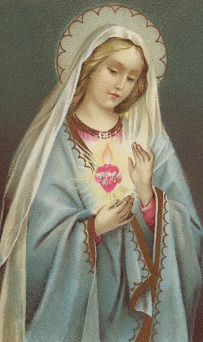
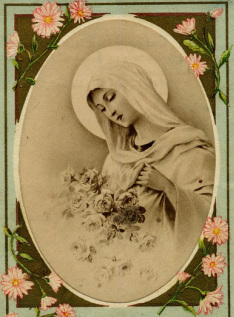
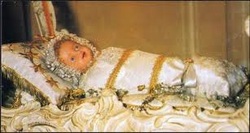
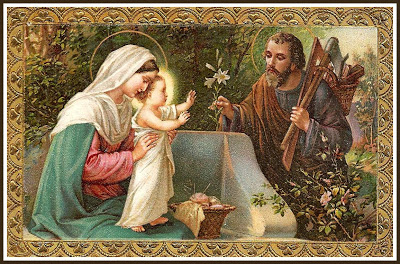
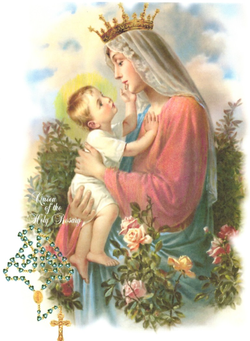

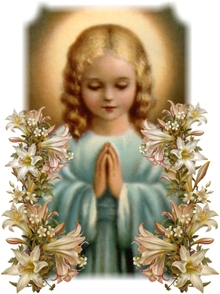
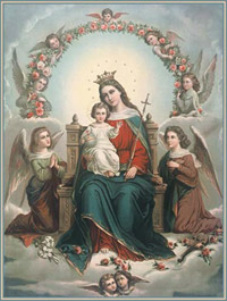
 RSS Feed
RSS Feed